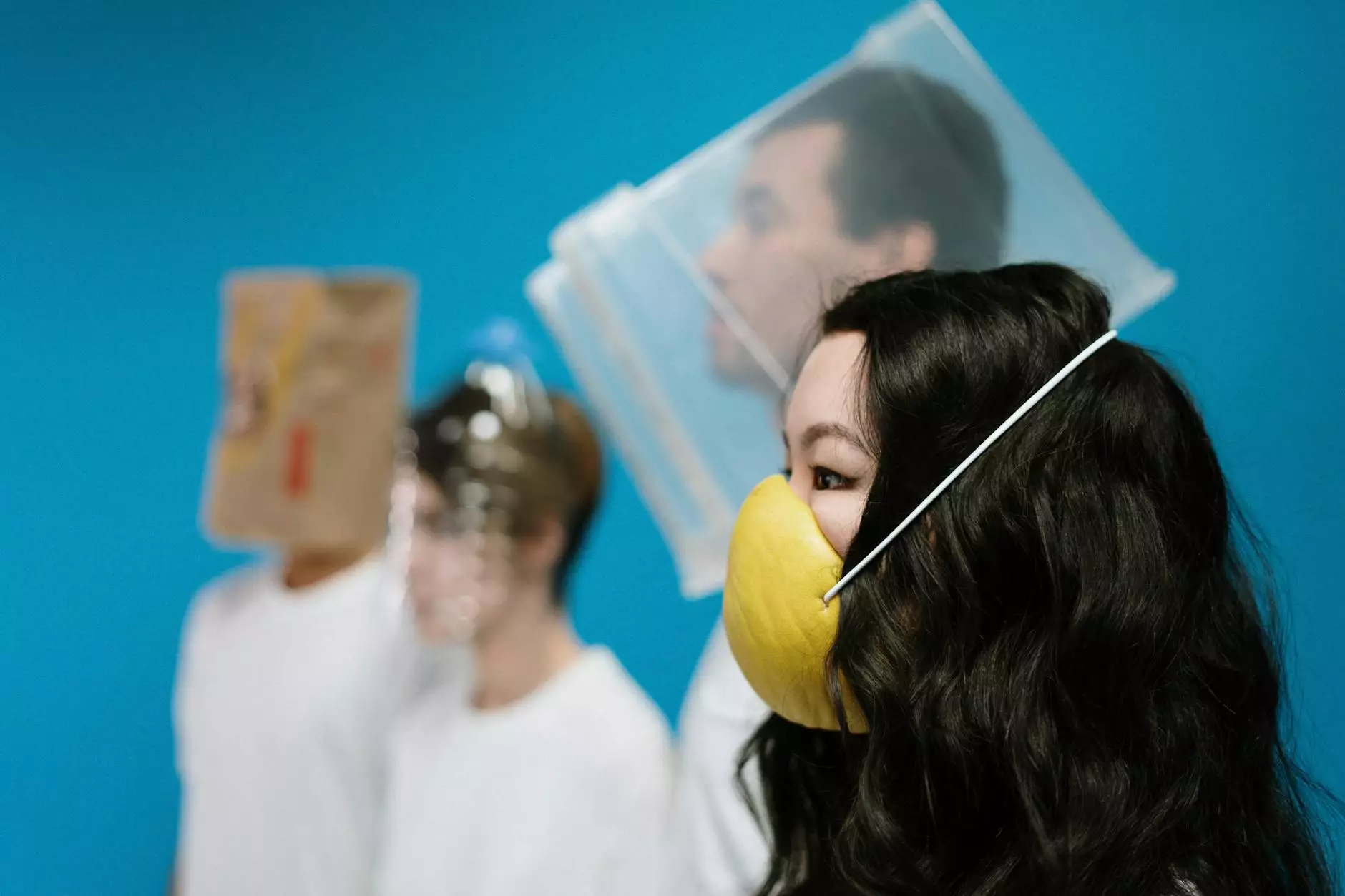Understanding Unilateral Salpingo Oophorectomy: A Comprehensive Guide

In the realm of gynecological health, one of the notable procedures that often comes into discussion is the unilateral salpingo oophorectomy. This surgical intervention, involving the removal of one ovary (oophorectomy) and its associated fallopian tube (salpingectomy), plays a significant role in various medical scenarios. In this article, we will delve deeply into the details of this procedure, shedding light on its indications, processes, benefits, and recovery, ensuring you are well-informed about this crucial aspect of women's health.
What is Unilateral Salpingo Oophorectomy?
The term unilateral salpingo oophorectomy describes a surgical operation that specifically targets one side of the female reproductive system. This involves the excision of:
- One Ovary: The primary organ for egg production and hormone secretion.
- One Fallopian Tube: The pathway through which eggs travel from the ovaries to the uterus.
This procedure can be further categorized into laparoscopic and open surgery methods, each with its own set of characteristics and recovery protocols.
Indications for Unilateral Salpingo Oophorectomy
Unilateral salpingo oophorectomy may be recommended for several medical reasons, including but not limited to:
- Ovarian Cysts: Large or symptomatic cysts that do not respond to medication may necessitate surgical removal.
- Ovarian Tumors: Benign or malignant tumors discovered during imaging tests might require this surgery for a definitive diagnosis and treatment.
- Ectopic Pregnancy: When a fertilized egg implants outside the uterus, the affected fallopian tube may need to be removed.
- Endometriosis: As a result of endometriosis, one ovary or fallopian tube may be compromised, necessitating removal to alleviate pain or other symptoms.
- Pelvic Inflammatory Disease (PID): Chronic infections can lead to complications that may require surgical intervention.
The Procedure: What to Expect
Understanding the steps involved in a unilateral salpingo oophorectomy can help demystify the experience for patients. Here is a general overview of the procedure:
1. Pre-surgical Consultation
Before the surgery, patients will undergo a thorough evaluation, including:
- Medical History Review: Understanding past health issues and current medications.
- Imaging Tests: Ultrasound, CT scan, or MRI to assess the condition of the reproductive organs.
- Blood Tests: Checking for overall health and possible infections.
2. Anesthesia
The procedure typically requires general anesthesia, ensuring the patient remains asleep and pain-free throughout the operation.
3. Surgical Technique
Surgeons may employ one of two common techniques:
- Laparoscopic Surgery: Minimally invasive, involving small incisions and the use of a camera.
- Open Surgery: A larger incision is made in the abdomen, usually reserved for complicated cases.
4. Removal Process
The surgeon carefully dissects the tissues surrounding the ovary and fallopian tube on the affected side. Once identified, they will remove the structures while taking care to preserve surrounding organs.
5. Closure
After removal, incisions are meticulously closed, and the patient is moved to recovery.
Benefits of Unilateral Salpingo Oophorectomy
Opting for a unilateral salpingo oophorectomy comes with numerous benefits, particularly for patients suffering from specific gynecological conditions:
- Symptom Relief: The surgery can alleviate debilitating symptoms caused by cysts, tumors, or endometriosis.
- Preventive Care: For women at high risk of ovarian cancer, this procedure can provide significant risk reduction.
- Fertility Preservation: Despite the removal of one ovary, women can still conceive naturally with the remaining ovary.
- Improved Quality of Life: Post-surgery, many women report an overall enhancement in their daily activities and emotional well-being.
Risks and Considerations
Like any surgical procedure, a unilateral salpingo oophorectomy carries potential risks. It’s vital for patients to discuss these thoroughly with their healthcare provider:
- Bleeding: Patients may experience excessive bleeding during or after the surgery.
- Infection: As with any surgery, there is a risk of postoperative infection.
- Damage to Surrounding Organs: In rare cases, adjacent organs may be inadvertently affected during the procedure.
- Hormonal Changes: Removal of the ovary can lead to hormonal imbalances, affecting menstrual cycles and mood.
Recovery and Aftercare
The recovery process following a unilateral salpingo oophorectomy is crucial for ensuring positive outcomes. Here’s what patients can expect:
1. Immediate Postoperative Care
Patients will typically stay in a recovery area for several hours after surgery for monitoring. Pain management, hydration, and observing vital signs are integral during this phase.
2. At-Home Recovery
Once discharged, individuals should adhere to specific guidelines to promote healing:
- Rest: Adequate rest is essential for recovery. Patients should avoid strenuous activities for at least 2-6 weeks.
- Follow-Up Appointments: Regular check-ups with the healthcare provider to monitor recovery and address any concerns.
- Watch for Symptoms: Patients should be vigilant for signs of infection or complications, such as fever, excessive pain, or abnormal discharge.
- Gradual Return to Activities: Slowly reintroduce activities into daily routines as per the doctor’s guidance.
Long-term Effects and Considerations
For many, the long-term outcomes following a unilateral salpingo oophorectomy are positive. Nevertheless, it is crucial to remain aware of potential long-term effects, including:
- Fertility Considerations: If planning to conceive, discussing options with a fertility specialist may be beneficial.
- Regular Health Check-ups: Continued monitoring for any signs of health issues related to hormonal changes or other complications.
- Emotional Support: Engage in support networks or counseling if feelings of anxiety or depression arise post-surgery.
Conclusion
In summary, a unilateral salpingo oophorectomy is a significant gynecological procedure that can greatly enhance the quality of life for many women. Understanding the implications, benefits, and risks associated with this surgery is crucial for informed decision-making. At Dr. Seckin’s practice, we prioritize patient education and comprehensive care, ensuring that every woman is empowered to make the best choices for her health. If you have questions about this surgical option or are considering this procedure, do not hesitate to reach out to our knowledgeable team.









